
Before the Build
Inside the Research That Shapes Better Medical Devices
Welcome to Before the Build, a video series from StarFish Medical that takes you deep into the early stages of medical device development. Each episode reveals how user research, clinical context, and real-world observations guide smarter design decisions—long before engineering begins.
Through firsthand stories and practical examples, Before the Build explores the fieldwork and discovery that help teams identify true needs, avoid costly missteps, and create devices that perform in the environments where they’re needed most.
Designed for medtech innovators, human factors professionals, and anyone interested in the “why” behind great design, these episodes offer valuable lessons you can apply to your own projects.
Enjoying Before the Build? Sign up to get new episodes sent to your inbox.
Watch our latest Before the Build episodes
Organ Transplant Logistics in Device Design
In this Before the Build episode, Eric Olson and Paul Charlebois dive into the importance of organ transplant logistics when designing effective medical devices.
Patient-Centered Field Research in Medtech
Eric Olson and Paul Charlebois reflect on the value of patient-centered field research—and how firsthand observation can reframe design priorities and impact outcomes in profound ways.
Past Episodes
-
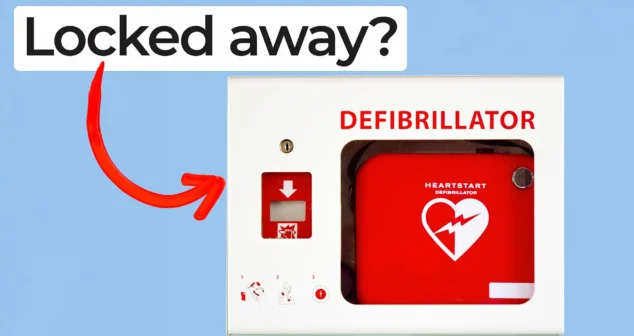
Even the best-designed devices, prepared with careful simulations and usability studies, can behave very differently when used in actual clinical or emergency situations.
-
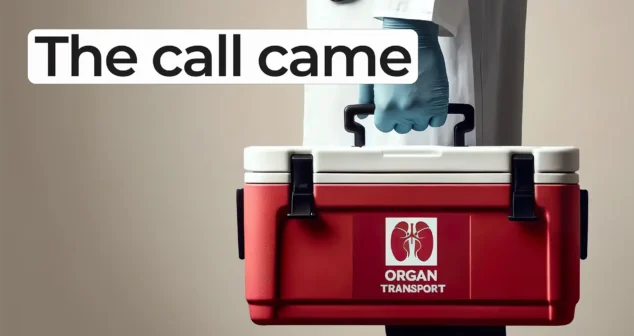
In this Before the Build episode, Eric Olson and Paul Charlebois dive into the importance of organ transplant logistics when designing effective medical devices.
-
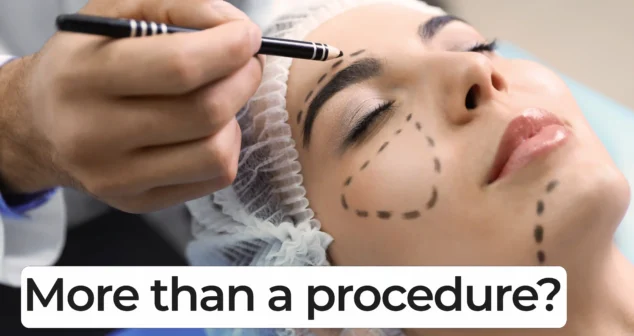
In this Before the Build episode, Eric Olson and Paul Charlebois reflect on the value of patient-centered field research—and how firsthand observation can reframe design priorities and impact outcomes in profound ways.
-
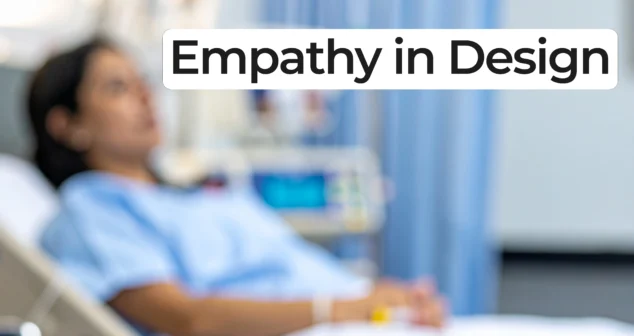
What does empathetic medical design really look like in practice? Eric and Paul discuss how emotional insight from field research can profoundly impact the design of medical devices
-
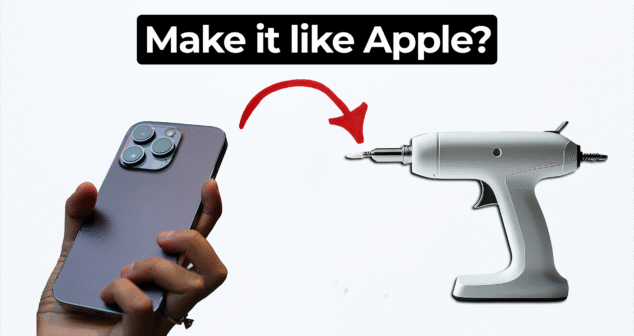
Many clients now request their devices to look and feel like Apple products. But achieving that level of simplicity and elegance is not as easy as it seems.
-

Paul Charlebois and Eric Olson explore how contextual inquiry in MedTech drives smarter product design. By observing how users interact with devices in real settings, product teams can gather early insights that shape usability, adoption, and safety—long before development begins.

